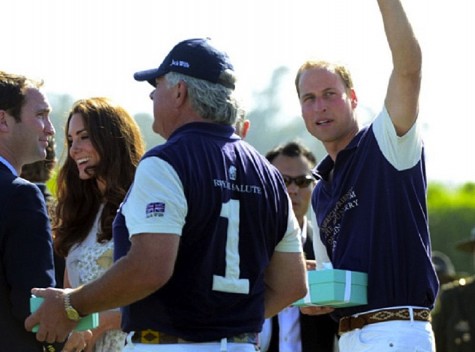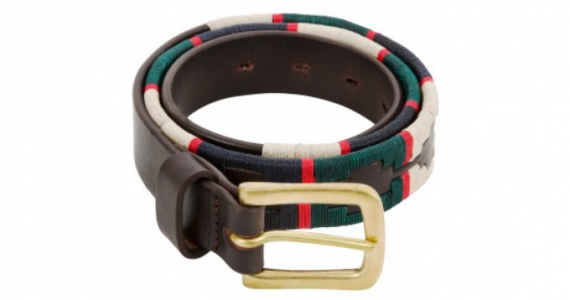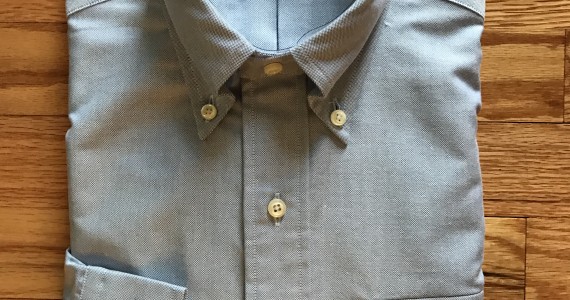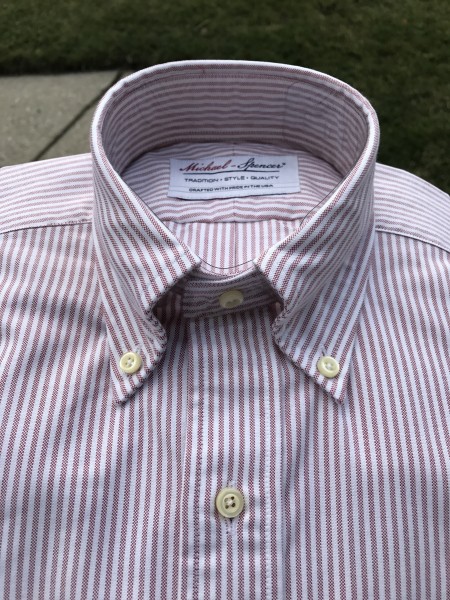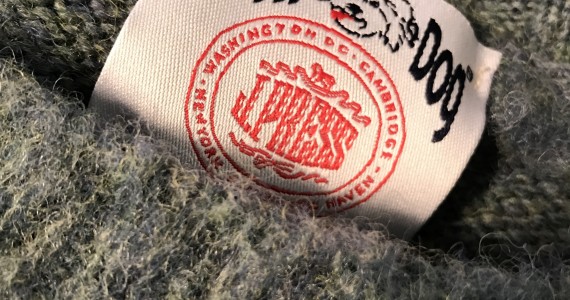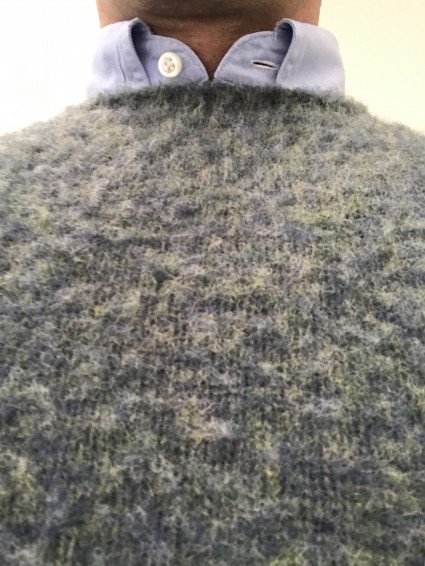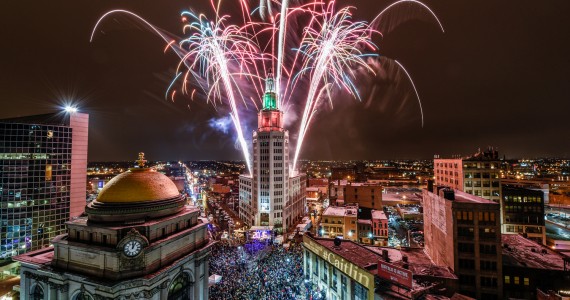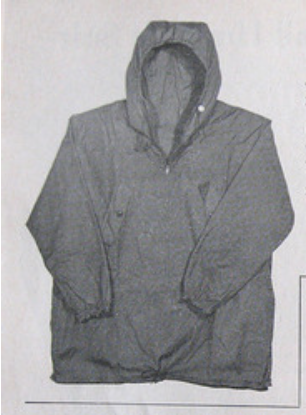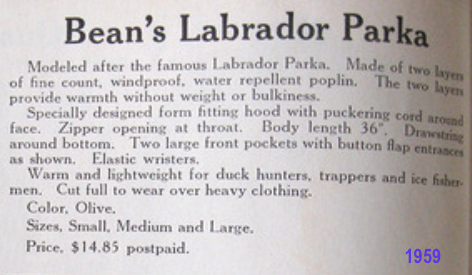The anorak made its way into the Trad cannon via Ivy Style as documented in the famed book Take Ivy. It was one of the lucky items to transcend the Ivy era and found itself perhaps even more popular among the 70’s prep crowd (The Late 70s Prep Look) . The anorak continues to weave in and out of mainstream popularity, but it has found a home for itself in the world of traditional American clothing. That about sums what I know about the anorak, but luckily for us we have a guest poster Kel Rhoads who knows his stuff and is going to give us a history lesson on the L.L. Bean Anorak (and a sneak peak at their 2017 anorak).
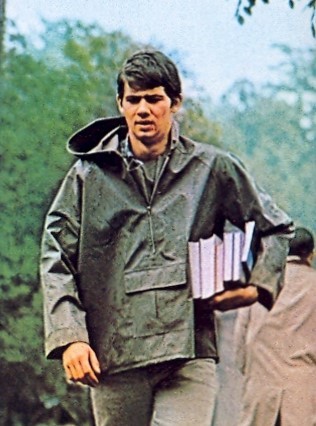 LL Bean, established purveyor of traditional clothing, has offered an anorak for over 70 years—although not continuously. For the past several years, if you wanted a traditional Bean anorak, you had to scour the used market. Fortunately, that’s about to change. A new Bean anorak will be released in early 2017. Given our interest in the garment, an LL Bean employee sent us an exclusive photograph of the upcoming model. We’ll show it to you in a bit, but first, let’s put the new anorak in its historical context.
LL Bean, established purveyor of traditional clothing, has offered an anorak for over 70 years—although not continuously. For the past several years, if you wanted a traditional Bean anorak, you had to scour the used market. Fortunately, that’s about to change. A new Bean anorak will be released in early 2017. Given our interest in the garment, an LL Bean employee sent us an exclusive photograph of the upcoming model. We’ll show it to you in a bit, but first, let’s put the new anorak in its historical context.
The original “annoraaq” was designed by the Inuit as a heavy, fur-lined, hooded pullover jacket. No openings to the front, with drawstrings at hood, cuffs, and waist, helped the jacket ward off wind, water, and freezing temperatures encountered by polar hunters. The garment was strictly and efficiently functional. As is often the case, the garment’s spartan practicality provided the foundation for its evolution into versatile, and sometimes even fashionable, outerwear—for even the non-polar inclined.
To our knowledge, there have been four previous generations of the Bean anorak, with the 2017 model ushering in the fifth. The first generation served soldiers in WWII and was available into the 1960s as “Bean’s Labrador Parka,” either cotton or 60/40, with a distinctively alien, two-pocketed, low-hem cut. Today these are valued by collectors.
Bean’s third generation was produced in the 1990s and was broadly popular, even earning its own advertising spreads in outdoor magazines. These anoraks were redesigned in softer Supplex nylon with a cotton-y feel, and the seams on the chest evolved into a slenderizing keystone shape. That, along with an elastic waist drawstring, meant wearers could advertise a trim, athletic figure beneath. These were known as the “Mountain Classic Anorak” in solid colors, and the “Alpine Classic” or “Aztec” in flamboyant color-block variants. We aren’t certain if the third generation made it into the 21st century, but there was a many-years-long hiatus where Bean anoraks were no longer offered.
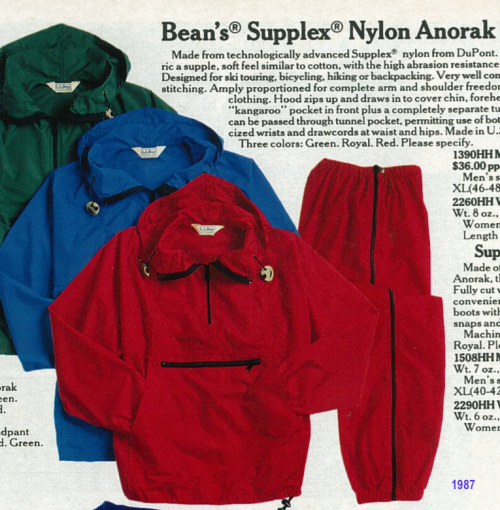
Popular demand caught up with Bean in 2012, when they reintroduced a fourth variant for just two years. They again called it the “Mountain Classic Anorak,” made of an even softer Supplex than previously. In many ways, however, the 2012 reissued Mountain Classic was more like the second-generation Bean’s Anorak with straight chest seams and vintage leather cord keepers at the hood. Bean also cut the fourth generation model considerably larger in the trunk, yielding a less athletic but comfortably drapey (some say tent-like) shape.
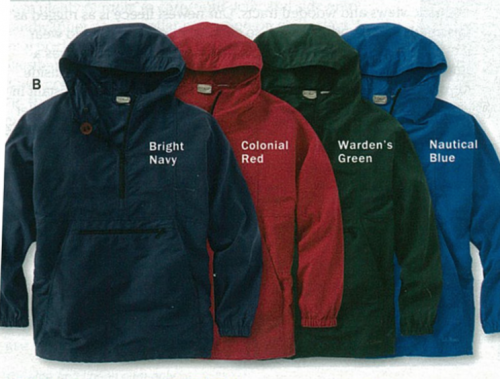
That brings us to the just-introduced fifth generation Bean anorak, called the “Mountain Classic Color Block Anorak” — although we’ve been assured one color scheme will be a sober black-on-black. Studying the photograph, it appears the anorak has gone back to a slimmer cut, possibly longer, and with a longer chest zipper. Its color-block style harkens back to the “Alpine” and “Aztec” designs of the 1990s, but less rambunctiously so. Bean has also revived their “Sunrise over Katahdin” label (which appeared in 1987) and placed it prominently on the chest. We have no idea how long Bean will offer the new 5th-gen, but we’re told they’ll debut in the Spring of 2017.
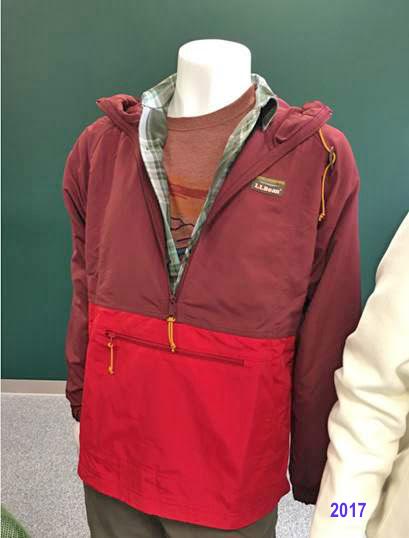
Modern windbreaker-style anoraks are favorites of travelers. There’s a cost of having to wriggle into a pullover that gives half the ventilation of a zip-up jacket. But the benefits are many: a streamlined front that doesn’t snag on pack straps, superior weather resistance, a long and lightweight barrier that wards off the grime of public transportation. And then there’s that magnificent kangaroo pocket. For the urban traveler, its great advantage is rapid deployment and concealment of valuables. While others are fumbling with wallets, packs and purses, the anorak’d traveler faces the vending machine, unzips, pays, and stashes change and receipt back into the pocket in seconds. By the time he or she turns away, everything’s zipped and secure, to be sorted out later. Pick-pockets hate anoraks!
